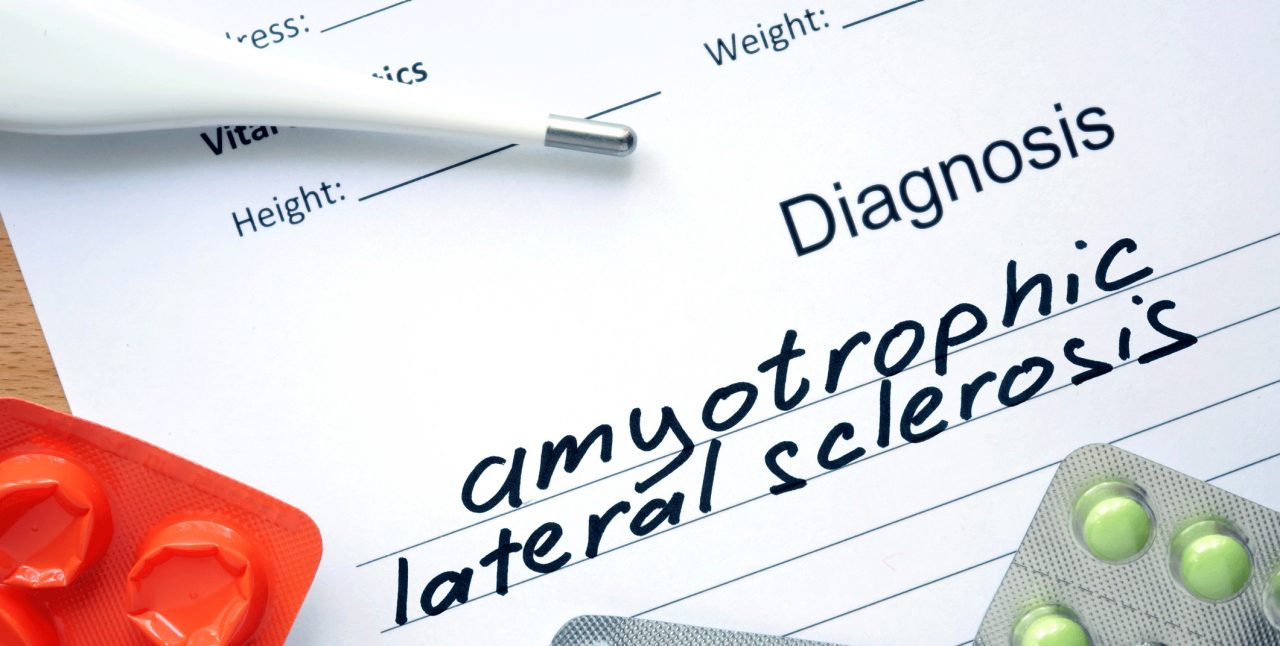Who Gets an Amyotrophic Lateral Sclerosis Diagnosis? — Page 2

Who gets an amyotrophic lateral sclerosis diagnosis?
The odds of getting ALS are about 2 out of every 100,000 people. At any given moment, more than 16,000 people in the U.S. are living with ALS. This disease is rare in people younger than 40, but it is possible to get diagnosed as early as in your 20s.
Men are more likely to get amyotrophic lateral sclerosis disease than women. They make up 60 percent of all cases. By age 60, the gender difference disappears.
ALS is much more common in caucasians than in African Americans, Hispanics, and other ethnic groups. Almost everyone who gets the disease — 93 percent of people with ALS — are white.
What are the risks?
Certain people are more likely to get ALS than others. A few factors can increase your risk for the disease. Some of these factors are out of your control, including:
- A family history of ALS. About 10 percent of people with ALS have a variation of the disease that’s passed down through families. Several different gene mutations — or changes — cause the inherited form of ALS. These gene mutations are inherited in an autosomal dominant pattern. This means that if one parent has the disease, each of his or her children has a 50-50 chance of inheriting it.
- Age. Most of the people who get ALS are between the ages of 40 and 70. Risk decreases at about age 74.
- Gender. Men are about 20 percent more likely to get ALS than women before age 65. After age 65, the two genders face the same risks.
<< Previous Next: What causes amyotrophic lateral sclerosis? >>
Updated:
April 07, 2023
Reviewed By:
Christopher Nystuen, MD, MBA